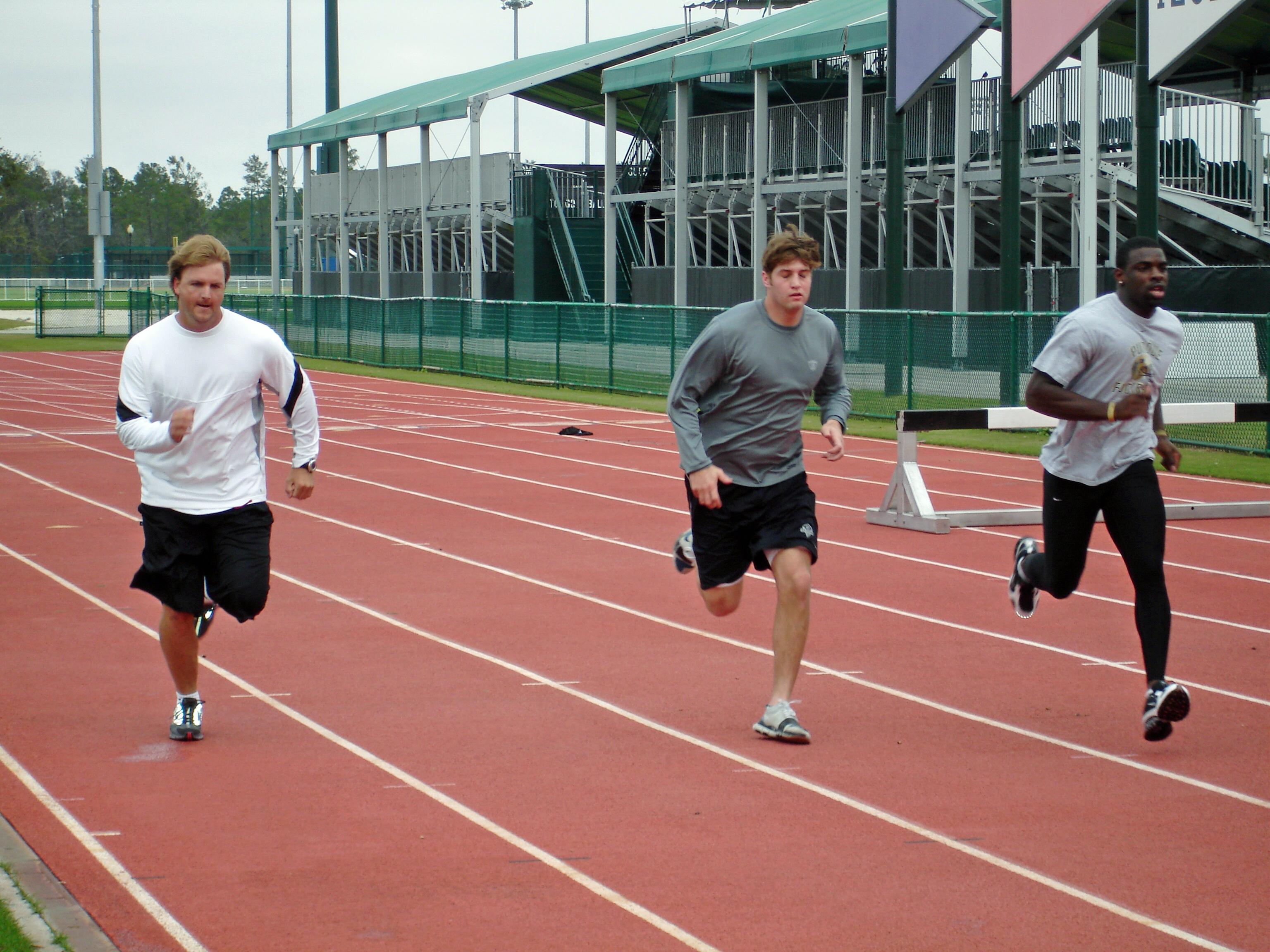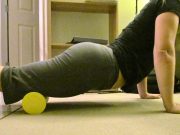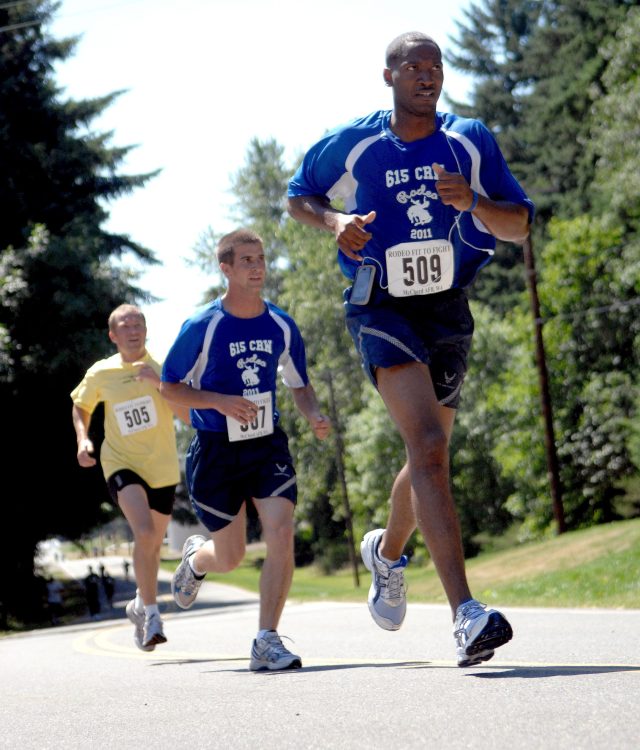Running is a fundamental human activity, a primal form of movement that many of us engage in for fitness, competition, or simply the joy of feeling the wind on our faces. Yet, despite its natural appeal, running efficiently and comfortably isn’t always as instinctive as it seems. Whether you’re a seasoned marathoner or just lacing up your sneakers for the first time, refining your running technique can lead to improved performance, reduced risk of injury, and a more enjoyable experience. In this article, we’ll explore practical tips to help you enhance your running form, offering guidance that meets you where you are on your running journey. With empathy and expertise, we aim to support your pursuit of becoming a more effective and confident runner, step by step.
Mastering Your Stride Length and Cadence
Finding the perfect balance between stride length and cadence can transform your running experience, making it both more efficient and enjoyable. When it comes to improving these aspects, it’s crucial to focus on personal comfort and natural rhythm rather than adhering to a one-size-fits-all approach. Start by observing your current running style and making small adjustments to see what feels best.
- Stride Length: Aim for a stride that allows your foot to land beneath your body, not ahead. This helps reduce impact and increases efficiency.
- Cadence: Most runners find a cadence of around 170-180 steps per minute optimal, but it’s essential to find a number that feels right for you.
Experiment with different combinations of stride length and cadence during your runs. Consider using a metronome app to help maintain a steady pace and gradually increase your cadence. Remember, improvements take time, so be patient with yourself as you adjust.
| Element | Tip |
|---|---|
| Stride Length | Focus on landing your foot under your hips |
| Cadence | Use a metronome to find your natural rhythm |

Enhancing Your Breathing for Better Endurance
To boost your endurance while running, it’s crucial to focus on your breathing techniques. Proper breathing can enhance oxygen flow to your muscles, reduce fatigue, and improve overall performance. Here are some strategies to consider:
- Diaphragmatic Breathing: Engage your diaphragm by breathing deeply into your belly rather than shallowly into your chest. This method increases lung capacity and oxygen intake.
- Rhythmic Breathing: Sync your breaths with your steps. For instance, try a 3:2 ratio, where you inhale for three steps and exhale for two. This can help you maintain a steady pace and reduce the risk of injury.
- Nasal Breathing: Breathing through your nose can help filter and humidify the air, providing a more efficient oxygen exchange. It might take practice, but it can be beneficial for endurance.
Understanding the benefits of different breathing patterns can also be helpful. Here’s a quick comparison:
| Breathing Pattern | Benefits |
|---|---|
| Diaphragmatic | Increases oxygen intake, reduces tension |
| Rhythmic | Promotes a steady pace, reduces injury risk |
| Nasal | Filters air, enhances oxygen exchange |
By consciously integrating these breathing techniques into your running routine, you’ll likely notice an improvement in your endurance, allowing you to enjoy your runs more and achieve your fitness goals with greater ease.

Strengthening Your Core for Optimal Stability
Building a robust core is not just about achieving a sculpted abdomen—it’s the foundation for enhancing your running stability and efficiency. A strong core supports your spine, reduces fatigue, and helps maintain proper form, especially during long runs. Here are some effective ways to fortify your core:
- Planks: Engage multiple muscle groups with this simple yet powerful exercise. Aim for 30-second holds, gradually increasing the duration as you build strength.
- Russian Twists: Target your obliques by sitting on the ground, leaning back slightly, and twisting your torso side to side while holding a weight.
- Leg Raises: Lie on your back and lift your legs to activate the lower abs, keeping your back flat against the floor to avoid strain.
Incorporating these exercises into your routine can significantly improve your running technique. To monitor your progress, consider the following table:
| Exercise | Reps/Sets | Progress Goal |
|---|---|---|
| Planks | 3 x 30 sec | 3 x 1 min |
| Russian Twists | 3 x 15 reps | 3 x 30 reps |
| Leg Raises | 3 x 10 reps | 3 x 20 reps |
Remember, consistency is key. Focus on quality over quantity, ensuring that each movement is controlled and precise. With dedication, your core will become a powerhouse of support for your running endeavors.

Choosing the Right Footwear to Prevent Injuries
When it comes to running, the right footwear is crucial in preventing injuries and enhancing your performance. Your shoes are your first line of defense against the stress and impact that running places on your body. Here are some essential tips to help you select the perfect pair:
- Know Your Foot Type: Determine whether you have flat, neutral, or high arches. This will guide you in choosing shoes that offer the right level of support and cushioning.
- Consider Your Running Surface: Are you running on trails, roads, or treadmills? Trail shoes offer more grip and stability, while road shoes are typically lighter and more cushioned.
- Get the Right Fit: Ensure there’s enough room in the toe box and that the shoe hugs your heel snugly. A well-fitted shoe can prevent blisters and black toenails.
Below is a quick guide to help you understand the key features to look for based on your foot type:
| Foot Type | Recommended Features |
|---|---|
| Flat | Stability shoes with motion control |
| Neutral | Neutral shoes with moderate cushioning |
| High Arches | Cushioned shoes with flexible soles |
Investing time in selecting the right footwear can significantly reduce your risk of injury, allowing you to enjoy a more comfortable and effective running experience.








































